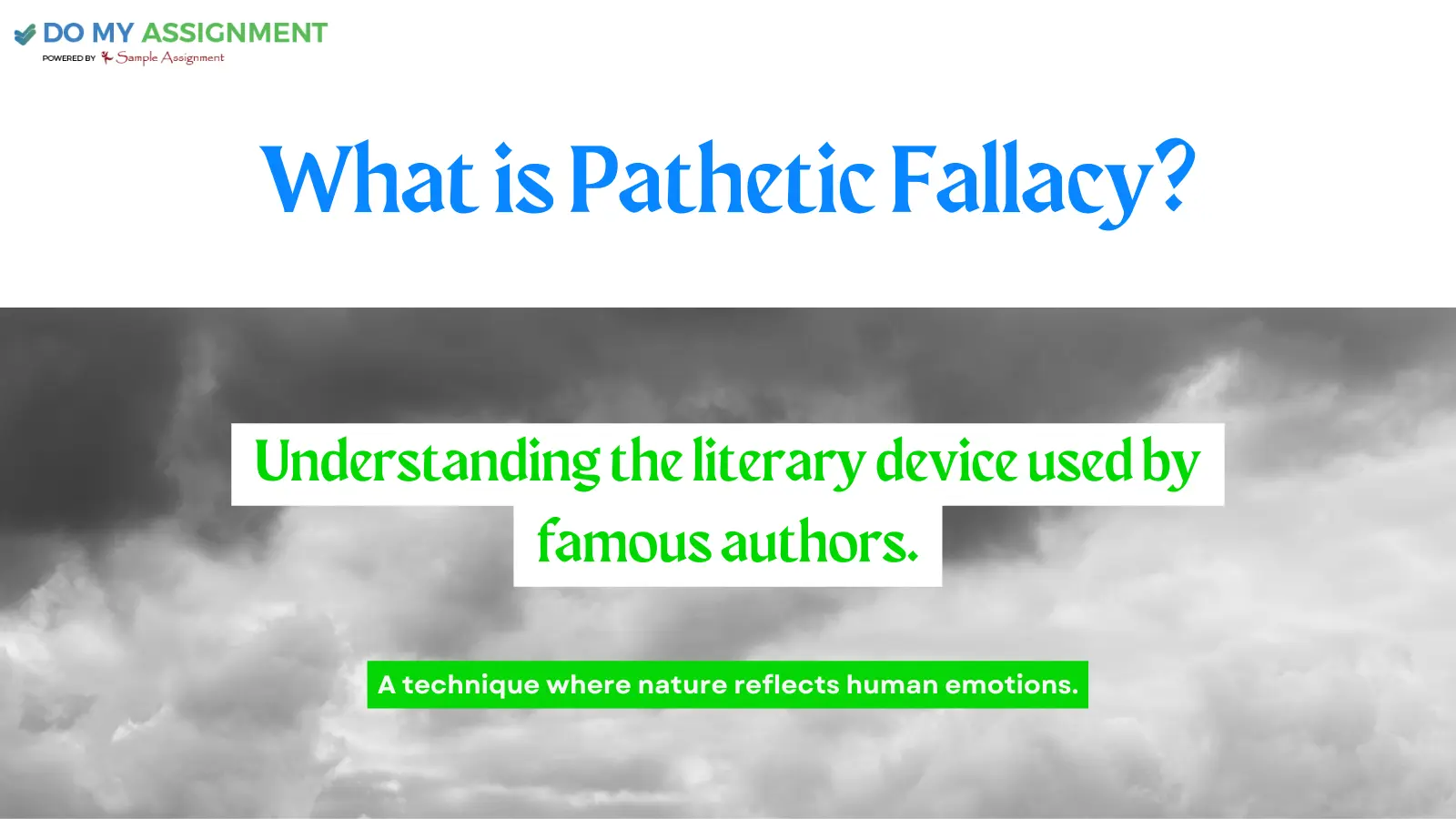Explore the Power of Metaphor: Meaning, Types, Examples, and More

Highlights
Have you ever wondered how you must have been using it in your daily conversation but still unaware of ‘What is a Metaphor?’ In the world of language and communication, metaphors serve as captivating tools that add depth, imagination, and a new dimension to our expressions. They allow us to perceive the world uniquely, transcending the boundaries of literal descriptions.
In this blog, we delve into the essence of metaphors, understanding their types, distinguishing them from similes, appreciating the characteristics of a good metaphor, and exploring some vivid examples that showcase their beauty. So, let's proceed further and uncover the magic of metaphors.
Imagine if I added some flair and began with: Chaos is my close companion. But let's be honest, chaos isn't really accompanying me everywhere. I'm not one for drama, either. What I want to do is to introduce you to a metaphor exactly from the beginning.
Got your attention, didn't I?
That's the magic of metaphors. They spark your imagination, weaving captivating connections between different concepts. Here are a few more regular metaphor instances:
- Her heart is gold.
- The snow is a white duvet.
- The falling snowflakes are performers.
Quite interesting, right? We've got plenty more metaphor examples for you. Keep reading as we share examples, explain a metaphor, demonstrate its usage, and clarify the distinctions between metaphor, simile, and analogy. But first, let’s begin with the definition.
What is a Metaphor?
A metaphor is a way of conversation that connects two different ideas with each other.
Imagine if I say, ‘My heart's a stereo, and it beats for you!’. You'd instantly get to know how important the person to whom I am saying this is important for me.
Formally, a metaphor doesn't spell out comparisons; it hides the similarity, requiring you to think about how things connect. So, when a writer uses this tool, they engage you and make your brain work. In Shakespeare's comedy "As You Like It," he used a famous metaphor that goes like this:
“All the world’s a stage, and all the men and women merely players…”
Everyone just ponders after hearing such figurative language. We all pitched ideas about how the world could be compared to a stage.
Have you noticed the impact?
How beautifully Shakespeare got us involved through his metaphor. Moreover, this example highlights the essence of a metaphor – they're never direct. Instead, they hint at connections.
Metaphors have the power to fundamentally alter how concepts and ideas are expressed. Metaphors are useful not only in everyday speech but also in academic writing, particularly when paired with powerful referencing tools to support your interpretations.
What's the Origin of Metaphor?
Before we proceed, let's explore the word's origins.
It started back in the 15th century but has no roots. The English "metaphor" has its foundation based on the Old French "métaphore," which is derived from the Latin "metaphora" (meaning: carrying over).
Here's more: the Latin term originates from the Greek "metaphorá," meaning to transfer.
In a broader view, the meaning of "metaphor" remains quite consistent across these languages. Carrying over and transferring implies taking one idea's trait and applying it to another through comparison.
Examples of Metaphors
Metaphors are everywhere around us: in regular life, movies, and songs. Literature also offers a treasure trove of metaphor examples.
Let's go through some metaphor instances:
“Exhaustion is a thin blanket tattered with bullet holes.” ― If Then, Matthew De Abaitua
“But soft, what light through yonder window breaks? It is the east, and Juliet is the sun!” — Romeo and Juliet, William Shakespeare
- Life is a rollercoaster.
- The classroom was a fish market.
- The calm lake was crystal clear.
- My friend’s sister, Allen, is a night owl.
- My body was icicles due to the cold waves.
- You must consider the world a stage and act accordingly.
- Dileep has a heart of gold.
- You have thoughts flowing one after the other. Your mind is a sea.
- She was an autumn leaf.
- He is a tiger when he comes to the field.
- Phoebe is a peacock. Everyone waited eagerly for her to come up on stage.
- She is such a bomb when she gets angry.
METAPHOR, SIMILE, AND ANALOGY - WHAT'S THE DIFFERENCE?
People often get confused among metaphors, similes, and analogies. Why? Because these literary devices all involve comparing ideas and situations, but they do it in distinct ways. Let me break down the differences for you:
Difference Between METAPHOR and SIMILE
A simile is a figure of speech that consists of the words 'like' or 'as' to compare two objects or ideas, creating a clear, literal comparison.
Here's the giveaway: Similes have these specific words in them. If you don't spot 'like' or 'as,' it's likely a metaphor instead. This helps you quickly tell them apart.
Though both the tools of symbolic speech are used to make comparisons and look seemingly like each other, there are some things that make them different. Explore the table below to determine how a metaphor is distinguished from a simile.
| Metaphor | Simile |
| It expresses an inferred comparison. | It compared two things directly. |
| Specific words are not utilized for comparison. | Most probably consists of words such as like or as to compare specifically. |
| He plays like a lion when it comes to playing on the field. | He plays as a lion on the field. |
Spotting a Metaphor in 4 Easy Steps
Certain metaphors, like those in everyday language, are quite straightforward to recognize. Yet, some can be a tad challenging – though not unbeatable.
Here's a quick 4-step guide to effortlessly distinguish metaphors:
1. Find Out a Comparison
Metaphors, analogies, and similes all deal in comparisons. So, your first task is recognizing a comparison in the text. If you find one, you're in comparison territory.
2. Look for Crutches
Similes use training wheels and the words 'like' or 'as.' Spot those, and you're dealing with a simile, not a metaphor.
3. Unpack the Explanation
If you've narrowed it down to metaphor vs. analogy, dive deeper. Check how well the comparison is explained. If the similarity between ideas is elaborated, it's likely an analogy.
4. Examine the Metaphor
Now that you've identified a metaphor, it's time to examine it. Ask yourself: What's being compared? What traits match? How do they differ? Dive into the details.
Different Faces of Metaphors:
After grasping the essence of metaphors, their distinctions from similar concepts, and their practical use, let's dive into the various types.
Here are the four main types, along with two extras to acquaint yourself with
1. STANDARD METAPHOR
A standard metaphor bluntly equates one concept with another, creating a direct comparison as if they were interchangeable.
Example: Emily is my compass.
Explanation: Emily is directly referred to as a compass. Clearly, Emily cannot be a navigational instrument. Thus, the reader must grasp that Emily holds the same significance in the writer's life as a compass.
2. IMPLIED METAPHOR
An implied metaphor subtly likens two ideas without explicitly stating the comparison.
Example: The commander barked an order to the troops to stand alert.
Explanation: The order is likened to a bark, implying its stern nature.
3. VISUAL METAPHOR
A visual metaphor relates something to a visual image of something else. Common in advertising, it gives a tangible identity to a concept. For instance, comparing fiery Cheetos to fire.
Alternatively, visual metaphors visually embody an idea. In Emily Dickinson's poem "Hope is the thing with feathers," hope is likened to a bird.
4. EXTENDED METAPHOR
An extended metaphor elaborates a comparison using vivid language across a poem, post, or more.
Example: A post explaining the Swiss cheese productivity method compares tasks to holes in cheese:
Begin with a snack-sized task
Complete the cheese block
Create holes through small tasks
5. MIXED METAPHOR
A mixed metaphor blends two well-known metaphors.
Example: Let's get all our ducks on the same page.
Combines "get on the same page" and "get our ducks in a row."
6. DEAD METAPHOR
Overused metaphors that have lost their impact become clichés.
Example: Heart of gold and plenty more fish in the sea.
Creating a Metaphor:
- Choose the subject for comparison.
- Identify the specific characteristic to compare.
- Find a relatable attribute in another subject.
- Craft the comparison, refining it as needed.
Albert Einstein's Example:
"All religions, arts, and sciences are branches of the same tree."
Religions, arts, and sciences are likened to tree branches, signifying a shared origin. When working with extended metaphors, thoroughly grasp the likeness to avoid interruptions while writing.
Importance of Using a Metaphor
Using a metaphor can drastically transform the way ideas and thoughts are conveyed. Not just in daily conversations, it also does wonders in academic writing.
If you are a student pursuing higher education and want to use symbolic speech in your work? You can take aid from the experts at ‘Do My Assignment’. Our talented assignment helps providers work dedicatedly to support and guide students who face challenges with academic writing.
With our seamless services, you can just stay back and relax. Also, if you are pursuing graduation or post-graduation in English literature and are seeking online assignment help, you can completely rely on our professional academic writers. We can create remarkable assignments that can help you gain the desired results.
Nick Johnson
Nick is a multi-faceted individual with diverse interests. I love teaching young students through coaching or writing who always gathered praise for a sharp calculative mind. I own a positive outlook towards life and also give motivational speeches for young kids and college students.








